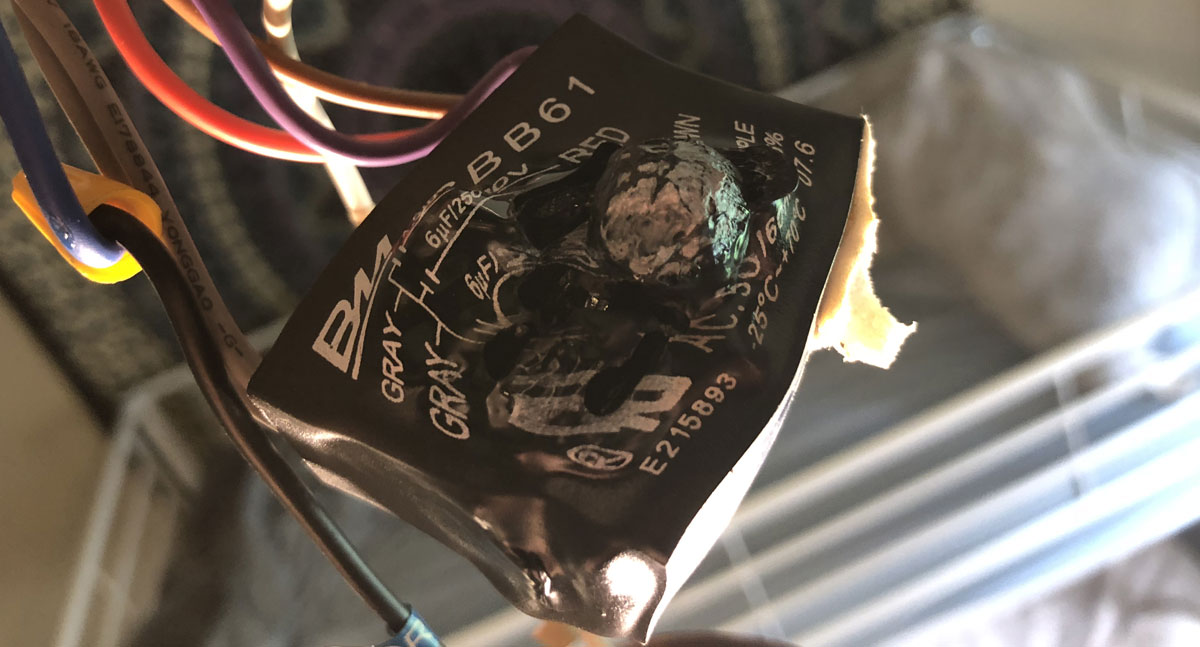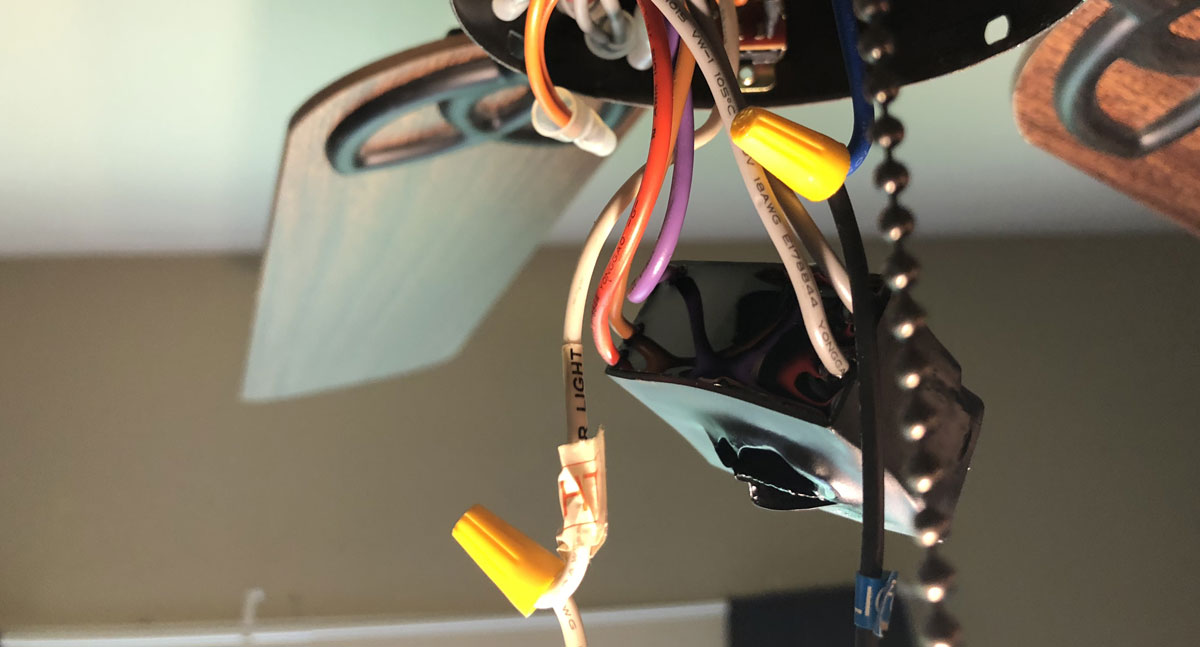After a power outage, your ceiling fan may stop working for various reasons. If you have checked the circuit breaker and still don’t have power to your fan, the issue may be with the switch on the wall, the remote control, the transformer or even the capacitor. In this blog post, we’ll explore what would cause a ceiling fan to suddenly stop working and what you can do to fix it.
Turn the wall switch off and on again
Let’s start with the easiest troubleshooting step first. Many people don’t know this but the wall switch that turns your ceiling fan on and off needs to be reset after a power outage. To reset the switch, turn it off for about 10 seconds and then back on again. If this does not work, you may need to replace the switch with a new one.
Check the transformer
Assuming it’s not a breaker problem, the next step would be to check the transformer. Transformers are commonly used to drive the electronics for the remote control. While transformers are designed to protect against power surges, they can be damaged if not adequately incorporated into the design. If you suspect a transformer problem, contact an electrician to inspect and replace it if necessary.
Check the remote control
If you have a ceiling fan with a remote control, you will need to check if the batteries are working and if the connection is still intact. Replace the batteries if necessary and press the reset button on your remote. If this doesn’t work, try unplugging your ceiling fan from the wall for a few seconds before plugging it back in.
Use a Multimeter to test for power to the fan
It is essential to ascertain if your ceiling fan is actually receiving power, or if power isn’t making it to the fan motor. To do this, you will need a multimeter. Most hardware stores carry them or they can be purchased online. To test for power, turn off the breaker that controls the ceiling fan and set your multimeter to measure voltage. Next, touch one lead of your multimeter to the black wire leading into the fan and one to the ground (the green wire) and check for power. You can test that AC power is going in, and secondly if DC power is coming out.
If you don’t get a reading, the problem is in your home’s wiring and it will need to be repaired before your ceiling fan will work again. If you do get a reading, there is power going to your fan and you should look to get a new ceiling fan installed.
The Capacitor might be blown
If you have checked the wall switch, remote control and wiring but still don’t have power to your ceiling fan, the capacitor has likely blown. If you take the cover off and look at the wiring, it should be fairly obvious if the capacitor has blown. Whatever you do, don’t touch it though as capacitors often have dangerous voltages and should be discharged before replacement. A licensed electrician will be able to help.
The capacitor helps power the motor in your fan and can often be replaced with one from Bunnings or any home improvement store, Amazon even sells them. If not, it may be best to replace your entire ceiling fan with a new one.

Can a power surge damage a ceiling fan?
The short answer is yes, a power surge can damage a ceiling fan. Power surges are sudden increases in voltage that can occur for various reasons, such as lightning strikes or electrical equipment malfunctions. If your ceiling fan does not have protection from power surges, it may be damaged beyond repair. The damage might be minor in that your fan still works but is working at a reduced capacity, blowing minimal or no air. The best way to protect your ceiling fan from power surges is to install a surge protector. Surge protectors are designed to absorb the excess energy from power surges, protecting your ceiling fan from damage. It is also important to check that your breaker box and wiring are in good condition as outdated wiring can contribute to power surges. Finally, having an electrician inspect your ceiling fan for damage regularly is an excellent way to ensure it is protected from power surges.
It can be frustrating when your ceiling fan stops working after a power outage, but luckily there are several steps you can take to troubleshoot the issue and get your fan up and running again. If all else fails, replacing the switch, remote or even the entire fan might be necessary. Hopefully this blog post has given you some helpful insight into what might be causing the problem and how to fix it. Good luck!


